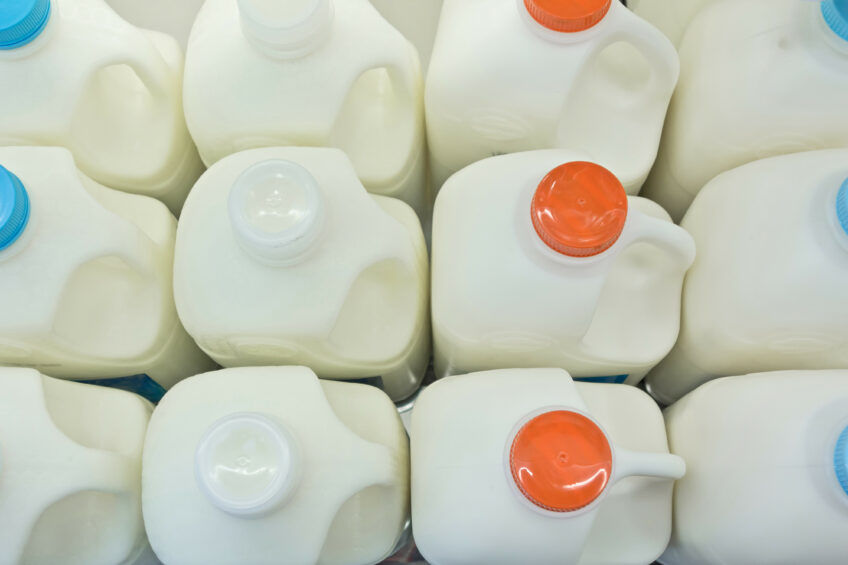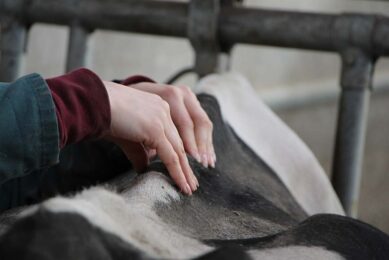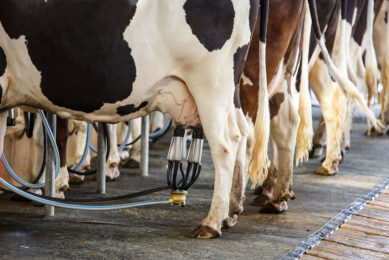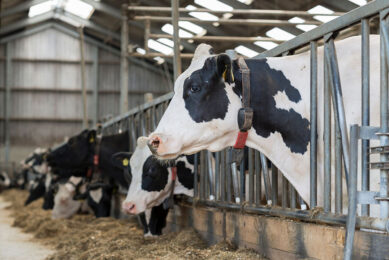Global dairy market in careful recovery mode

Over the last 20 years, the growth of the global milk production has never been as low as last year. Production grew by just 0.9% in 2016, compared with the year before.
This is stated in the annual report of the International Dairy Federation (IDF). Veronique Pilet, editor in chief of the IDF report and Head of Economics at French Dairy Inter Branch Organization CNIEL, highlighted the first results at the World Dairy Summit, which was held last week in Belfast, Northern Ireland. According to Ms Pilet, only a slight growth of 0.9% has been seen in milk production worldwide. “In recent years, we have become accustomed to annual increases of 2-3%. Thus, the past year has remained almost stable. This is due to several factors: crisis in some South American countries, lower spending levels in oil states (due to low oil prices) and the Russian embargo. However, we see a remarkable increase in buffalo milk, mainly produced in Pakistan and India. Its production increased by 3.7% in 2016 compared with 2015.

Ms Pilet emphasised the imbalance between the protein prices and the milk fat prices currently seen on the world market. “Butter prices are still very high. This does not have to do with the increased demand for butter, but simply because we do not have enough of the right milk to produce enough butter.” In 2016, the total volume was 11 million tonnes. That is only 1.7% more than the year before. Between 2013 and 2014, butter production grew a lot harder by 3.7% and between 2014 and 2015 it grew by 2.4%. The cheese production came to 20.5 million tonnes in 2016. That’s 1.8% more than in 2015. “For milk powder, it’s a whole different story,” says Ms Pilet. “For skimmed milk powder, there is a free fall of 5.7% to 4.9 million tonnes in 2016. For whole milk powder it’s a bit less dramatic, we saw a 0.7% decrease to 4.8 million tons in world production volume. However, prices for both types of milk powder remain fairly stable.”
The IDF report also publishes information on the world’s largest export market players. In 2016, this was still New Zealand with 29% of the world’s export share. The EU-28 is following with a 27% share and the US is ranked third with a share of 14%. Export volumes remained virtually unchanged in 2016, 70.8 million tonnes in 2016 and 71 million tonnes in the year before.
For the coming year, Ms Pilet is quite hopeful. “We have not yet a clear picture for the whole 2017, but data from the first months of this year show that milk prices are recovering and that trade in mainly skimmed milk and cheese grows. Full milk powder and butter remain stable on the world market so far.” She also sees growth in production. “The world’s dairy market, however, remains a volatile market, and we should try to live with that for the coming periods,” concludes Ms Pilet.

Phil Hogan, EU commission for agriculture and rural development addressed at the conference in Belfast that farmers need to innovate and should have access to more and better tools to be successful in the future. He strongly underlined that a commitment to sustainability and innovation is a win-win situation for the future of the EU dairy industry. “EU farmers have to find new markets and we have to make farmers more resilient,” he said. He also mentioned that a simplification of GAP, increased support for dairy organisations and a safety net for farmers (for income stabilisation) are planned to come into effect in 2018. Regarding Brexit he said that he wants to remain a good trading environment and relationship between the UK and EU.
Join 13,000+ subscribers
Subscribe to our newsletter to stay updated about all the need-to-know content in the dairy sector, two times a week.










